Music & Concert Tour To Rome
Your music group can perform in the city which has been at the centre of Christianity for over 2,000 years, Rome! Start planning with us today.
Highlights
Renaissance splendour at the Vatican, Centre of the Catholic
The Colosseum, the world’s largest amphitheatre
Singing at Mass in St Peter’s Basilica
The city’s eerie underground burial chambers
Newlands Girls SchoolThe itinerary was well thought out and appropriate for our group and our wishes.
Suggested itinerary
What's included*
*Excursion fees may not be included in this tour – please contact us to learn more.
Recommended excursions
The Colosseum is the most spectacular surviving edifice of ancient Rome and the largest amphitheater in the world. See the arena where senators, Vestal Virgins and the masses watched gory gladiatorial conquests, battle reenactments, executions and mythological dramas. A visit here helps students to understand the importance of the spectacle in Roman society.
Visit the centre of classical Rome with your students, and stand on the spot where the great orators made their names. Now a sprawling ruin of architectural fragments in the city centre, the Forum was the site of processions, elections, public speeches and criminal trials. Tip: A visit here is a good starting point for discussions on the life and times of Cicero.
Overlooking the Forum, this was once the smartest address in the Roman Empire. Students can investigate the remains of extravagant palaces built here for emperors including Tiberius and Domitian. The hill is said to be where Romulus killed Remus in 735BC, and in 2007, a sacred sanctuary dedicated to the brothers was unearthed here beneath the house of Augustus.
The centre of the Roman Catholic Church is home to the awe-inspiring Renaissance masterpiece Basilica di San Pietro and the Vatican Museums, with rich collections from classical sculpture to Egyptian pieces, Renaissance paintings and the legendary Sistine Chapel. Students learn how the Vatican gained its position and explore its contemporary meaning.
Students on their own ‘Grand Tour’ can join the likes of writers Byron and Honoré de Balzac in being inspired by the view from the longest and widest staircase in Europe. The hillside was transformed in 1723 – 1725 in honour of a diplomatic visit by the king of Spain, with the staircase linking the Piazza di Spagna to the Trinita dei Monti church.
This fountain at the junction of three roads – tre vie – marks the end point of one of the aqueducts that supplied water to ancient Rome. Completed in 1762, it’s a baroque extravaganza of carved seashells, sea beasts and mermaids incorporated in a stately triumphal arch. It famously featured in the films Three Coins in the Fountain and La Dolce Vita.
Originally built as a stadium in the first century for athletic contests and chariot races, Piazza Navona was laid out in its ruins in the 15th century, and is now a lively place where locals and tourists hang out. Students can watch the street performers, enjoy an ice cream and admire the baroque palaces that line the square.
Tip: A good place to spend time in the evening
Explore the underground burial chambers tucked beneath the Eternal City, on a guided tour of Rome’s Catacombs. An eerie experience for even the bravest of hearts, your students will gain a fascinating insight into the city’s history by exploring what lies beneath its streets. Photo © Dennis Jarvis.
Tip: The Christian catacombs house important examples of early Christian art, from before 400AD
The Galleria Borghese is set within the Villa Borghese Pinciana, renowned for its gardens. A substantial part of the Borghese collection of paintings, sculptures and antiquities come from the 1st-3rd centuries AD including classical and neo-classical sculptures such as the Venus Victrix and a beautiful ceiling fresco by the Sicilian artist Mariano Rossi.
This sporty workshop lets students walk in the shoes of gladiators. Instructors teach them ancient combat techniques and explain the gladiators’ life and times. Students wear a traditional tunic, Roman sandals, belt and protective gloves, and use a wooden training sword. On completion they receive a medal declaring them a ‘Tiro’, or first level gladiator.
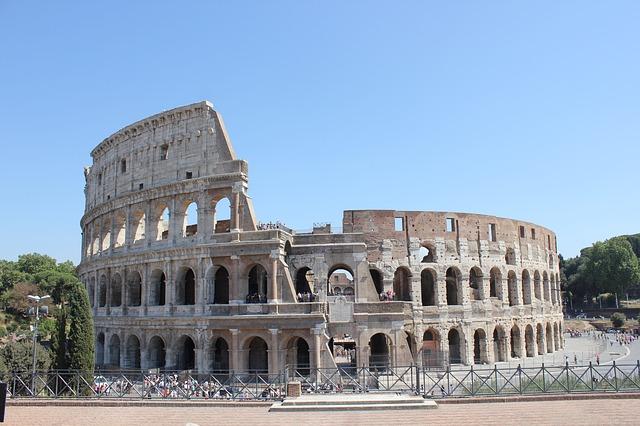
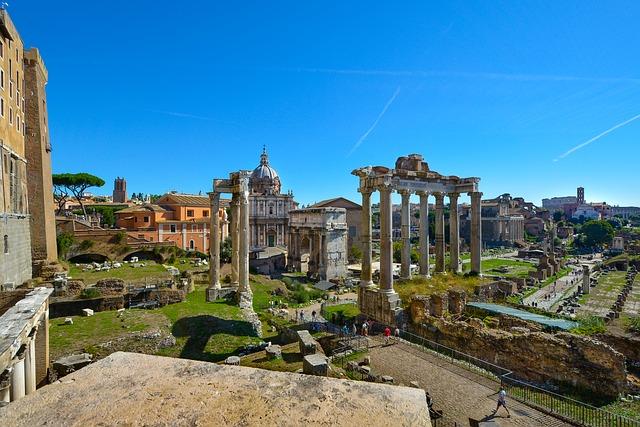
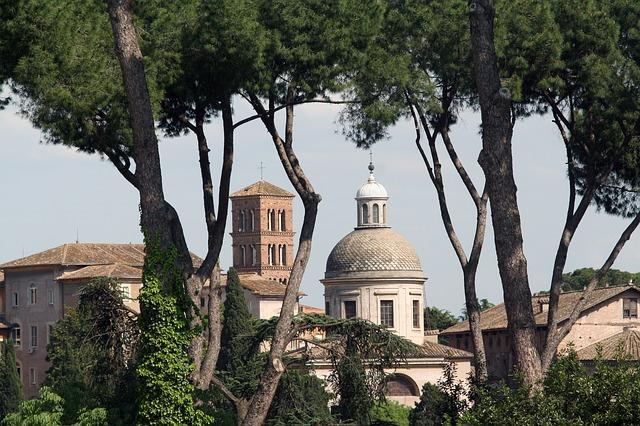
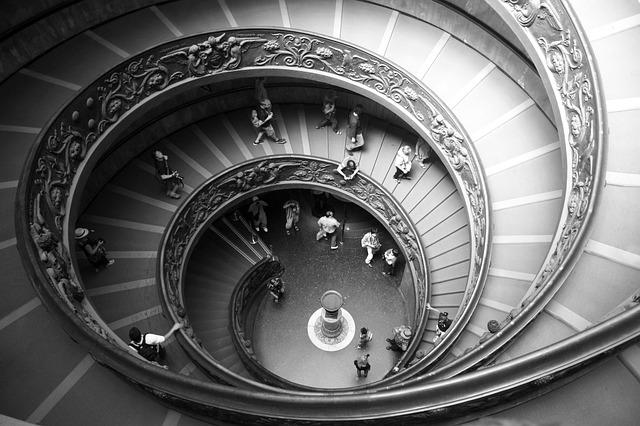
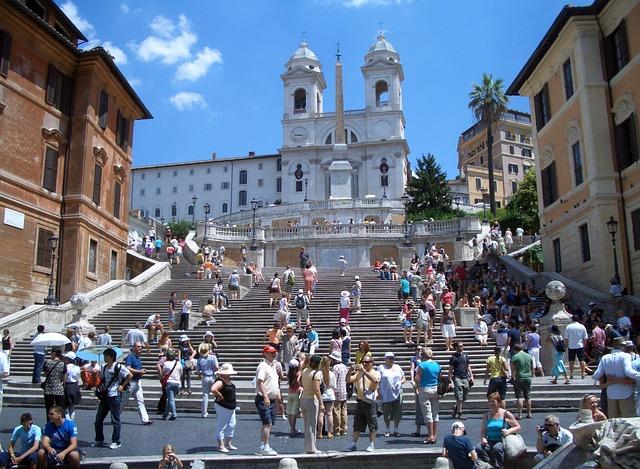
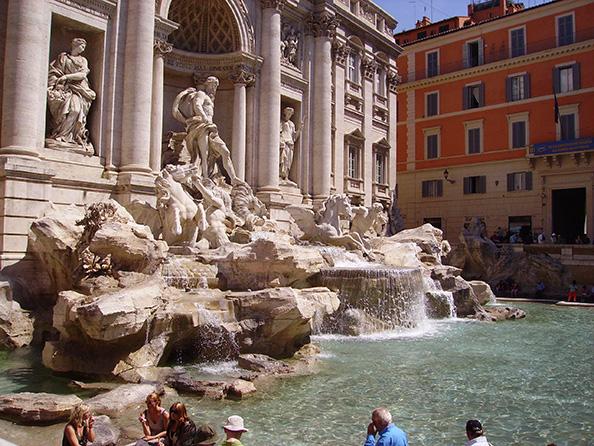
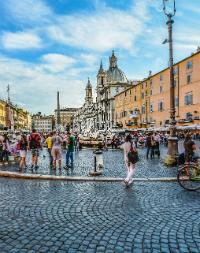
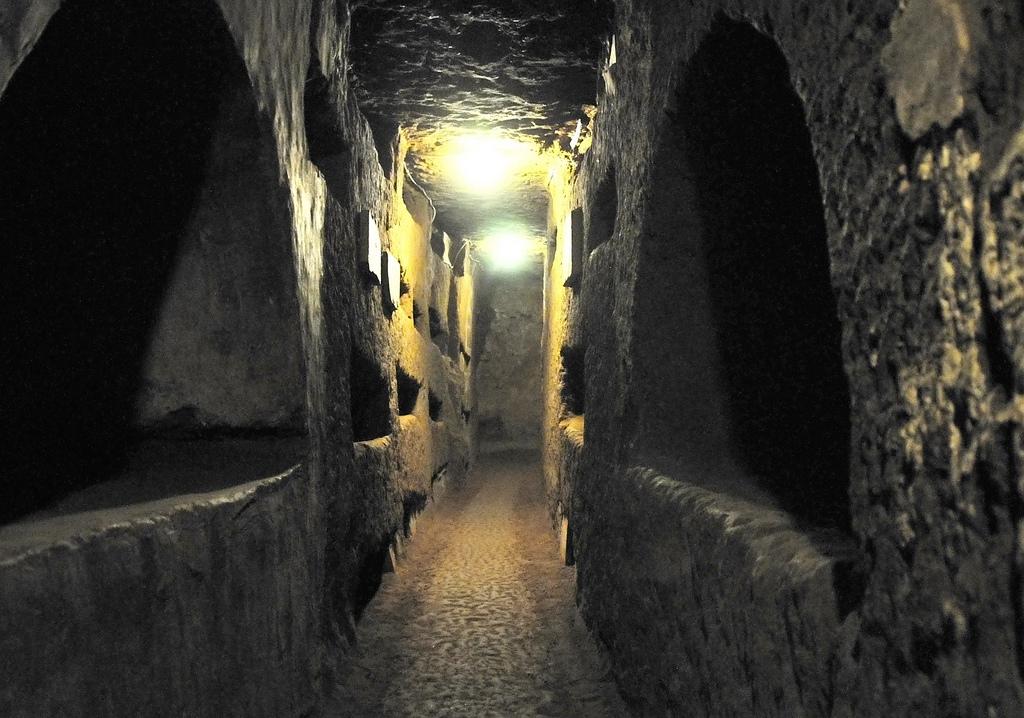
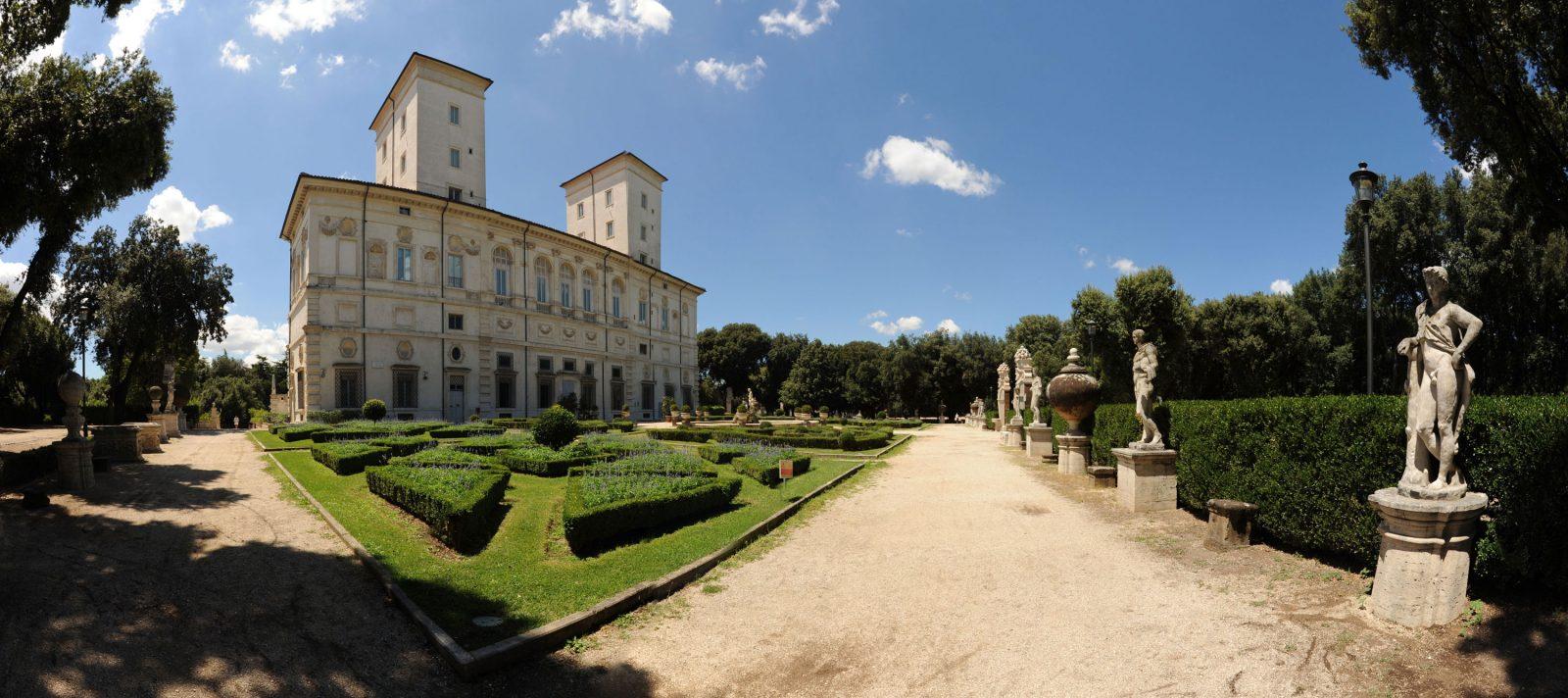
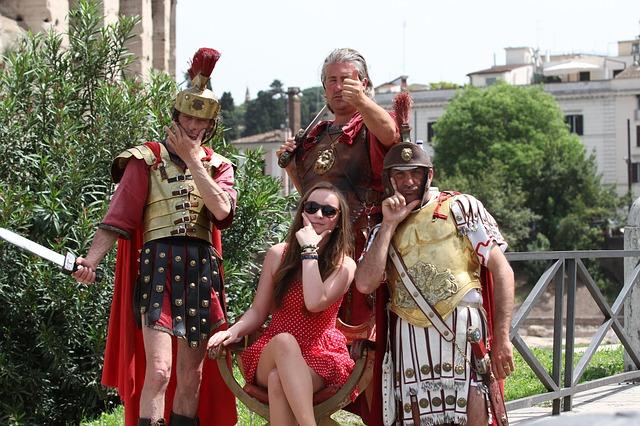
Music venues




Typical accommodation
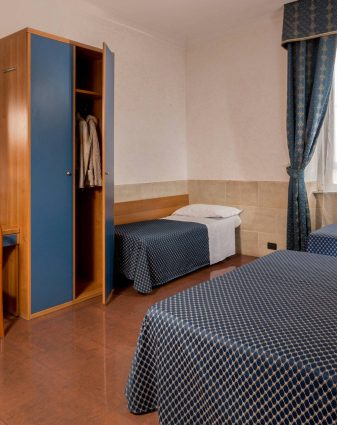
Why groups like it:
Facilities:
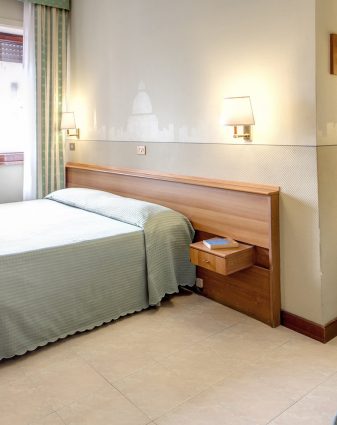
Why groups like it:
Facilities:


